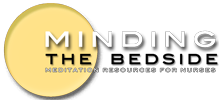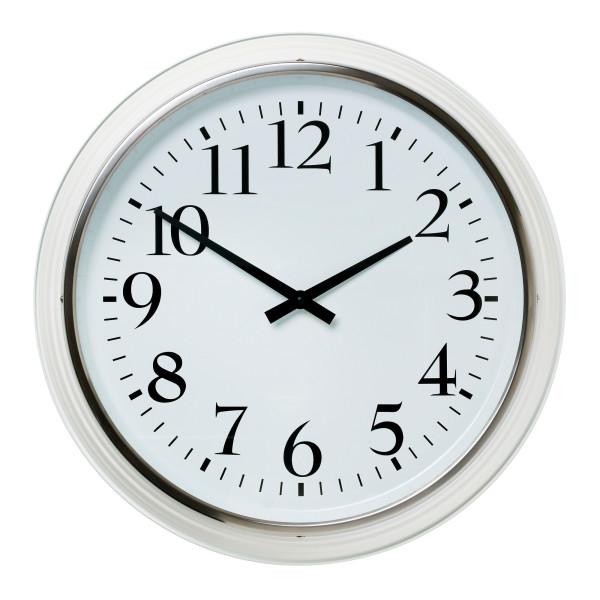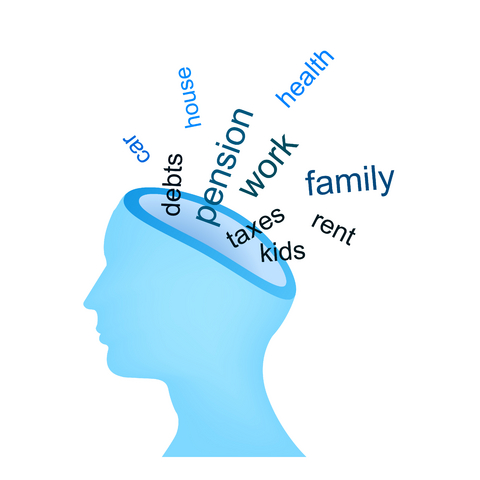Mindfulness for Nurses: Eight Minutes of Panic, or Eight Minutes of Compassion?
Recently I was speaking to the nurses in the New Graduate Residency Program at Denver Health and we were discussing how to use mindfulness at the bedside. This group of nurses has the amazing opportunity to be part of a core of new graduates who benefit from a 12-month clinical and didactic program with the aim of helping them to become solid bedside practitioners.
We were discussing the topic of workload and the overwhelming patient-care assignments that nurses have in most hospitals across the country (actually, around the world!)
The topic came up around the challenge of caring for a number of patients if a few of them are heavy-care, demanding most of our time, while the remainder are relatively “low maintenance.”
Mindful Presence at the Bedside
In the Introduction to my book (pg. xix), Minding the Bedside: Nursing from the Heart of the Awakened Mind, I asked the reader the following:
Who are you when you show up at the bedside? Are you excited? Burned out? Distracted? Energetic? Poetic? Sleeping? Maybe a combination of all of these? Or does it depend on what day it is? Or, hadn’t you even thought about it? When we show up at the bedside and we’re with our patients, we need to be there, present, alert, and compassionate!
The discussion at Denver Health revolved around the fact that many times we show up for some of our easier patients distracted by care that we’re giving to our more demanding patients. When that’s the case, we may find that the time that we do spend with our lighter-care patients is a frantic “Hello,” in and out of the door, never to be seen again.
At these times, we have to ask ourselves this question; does the quantity of time that we spend with our patients matter as much as the quality of time? When I posed this question to the group, it was a fairly unanimous response that if we are mindfully present at the bedside, and if we can remain attentively compassionate when we’re engaging with our patients, then it’s the quality and not the quantity of the time that we spend that matters.
Mindful presence is how you are when you’re doing anything in life, whether it’s working at the bedside or cooking in the kitchen. Being mindfully present allows you to experience the fullness of life, regardless of the circumstances. And it allows others to experience you in your true and present self.
Being mindfully present comes from learning how to be mindful, aware, and spacious…the three components of a solid mediation practice.
Next Time You’re Distracted at the Bedside…
Remember that it’s the quality of who you are when you’re with your patients that counts. Being present, aware, and compassionate can make all the difference between an encounter that leaves your patient wondering what the heck just happened versus a meaningful connection where your patient recognizes that they’re important…even if you’re busy.
How To Meditate
Maybe you’ve already got a meditation practice. If that’s the case, great! Keep it up. And feel free to use all of the content from this site to support you in your efforts. If you haven’t started to meditate, begin now.
Many people don’t meditate because they believe that they need to do “something special” in order to meditate, maybe you’re one of them. “Doing something” special isn’t the case. All you need is your breath, and a few minutes of time set aside to begin your practice. Here are some tools to get you started:
- Meditation audio for using your breath as the anchor of your attention during meditation.
- Ebook and two chapters from the book, Minding the Bedside: Nursing from the Heart of the Awakened Mind, on how to meditate.
- Even though my book was written with nurses in mind, I continue to get feedback from those who have bought it who aren’t nurses that they find it useful in their lives. So, whether you’re a nurse, a nursing student, or someone who appreciates what I’m offering on this site, check out the book, Minding the Bedside: Nursing from the Heart of the Awakened Mind. It’s really written for anyone. You can even buy it in a Kindle version!
This site has tons of tools for learning how to meditate.
I encourage you to look through the HUNDREDS of articles that I’ve written and especially check out my weekly meditation tips and other useful meditation materials provided for your health and well being. And please let me know if you’d like to discuss anything with me, have any questions or need clarification regarding anything that I’ve written about.
Thanks for visiting and have a mindful day.







Great post Jerome,
We as nurses are human and most of the time we embrace the day with our patients. Your article highlights the challenges of being human and having our own struggles and still showing up for work. As you point out, at least we can bring awareness to who we are showing up as at the bedside. From that place and a bit of self-care we can then find a way to provide quality time in a felt way with our patients.
Like you, I teach meditation to nurses and know the struggles that people have to committing to the cushion. I really value that practice in my life and feel meditation in daily life, especially with patients is a very special place to practice – one tiny bit at a time.
Hello Eileen – Thanks for the thoughtful comment. Indeed, “one tiny bit at a time” is how it is sometimes, but isn’t it great that even bit by bit we can make a difference? Awesome!! Thanks for sharing here; please feel free to do so again. Take care, Jerome
Quality vs quantity spoke to me. Compassion for self and others. So happy to hear you continue to spread your good message to the nursing profession. You are deeply committed and called to share your work + all of your great tips on your website! Thanks Jerome, as always, you continue to shine your light and help others to lighten up. xoxo Annette Tersigni
Hello Annette – So wonderful to see you “here.” If you’re able to see how committed I am to helping nurses shine, than I must be doing my work right! Thanks so much for your kind words. And may you too continue to bring your brilliance to the world of nursing and benefit countless others. Take care, Jerome
What I loved about this article was the description of quality versus quantity. Sometimes we mistakenly look for ‘more’ when less, which can equal more time for quality experiences, is better. Great resources with giving us tools for exactly how to do this mindful practice. Thanks, Jerome!
Hello Elizabeth – Great to hear from you! Thanks so much for stopping by and for sharing your insights. Isn’t it so true that we can really make the most of our short time with our patients (and on this planet!) by bringing presence and compassion into the moment! Thanks for all that you do to benefit others, may it be met with amazing success!!! Take care Elizabeth. Jerome Stone
Great advice, Jerome! I’ve also found that if you spend more time than usual the very first time you meet a patient, their needs and expectations are easier to keep up with the rest of the relationship. A strong first impression calms fears, builds trust and understanding: all very useful to the busy caregiver!
Hey Greg – Thanks for the wonderful reminder about rapport; great point! And thanks for visiting and being part of this community. May all the good work that you do to bring benefit to nurses and patients be met with immeasurable success!! Take care, Jerome
This happened to me just the other day…I had one incredibly demanding patient and one absolutely adorable one. I found that I didn’t have much time for my “easier” patient, but when I went into her room I made the most of it! I gave her my full attention and hoped I never conveyed how rushed I felt on the inside. By doing so, I felt more calm and was able to handle my more difficult patient with the patience and attention she needed. Thanks for the great reminder!
Great post and helpful tips. I am going to incorporate this into my clinical instruction activities. Thanks!
Hello Carrie – Thanks so much for taking the time to visit the site and share with the community. I’d love to hear more about how you’re incorporating (or plan to) mindfulness and meditative practices into your instruction. I think it’s great that you plan to do so; so many nurses would benefit if they had these tools to assist them with the very real stressors in healthcare. Please don’t hesitate to share more. Take care, Jerome Stone